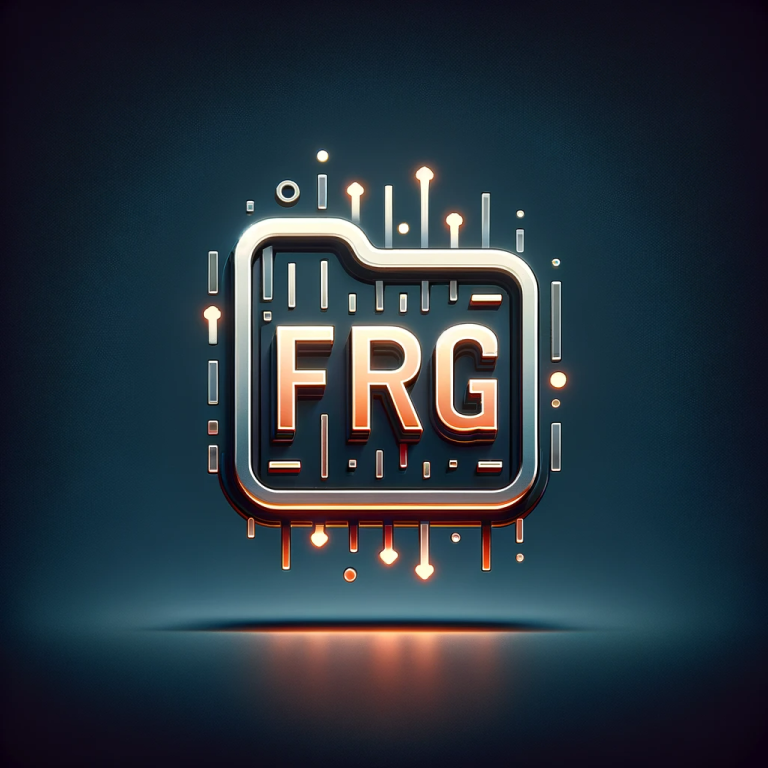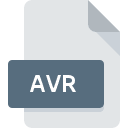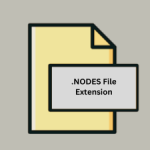.FRG File Extension

Sound Forge Pro Project
| Developer | MAGIX |
| Popularity | |
| Category | Audio Files |
| Format | .FRG |
| Cross Platform | Update Soon |
What is an FRG file?
The .FRG file extension is primarily associated with Sound Forge Pro, a professional-grade audio editing software developed by Magix.
These files are project files, meaning they contain a collection of audio data, editing settings, and other project-specific information.
Essentially, .FRG files store the entirety of your work within Sound Forge Pro, making them indispensable for users looking to preserve and revisit their audio editing projects.
More Information.
The history of the .FRG file extension is closely tied to the evolution of Sound Forge Pro. It was first introduced by Sonic Foundry in the late 1990s as a means to facilitate project management within the software.
The initial purpose of .FRG files was to enable users to save their audio editing work in a format that preserved not only the audio data but also the specific arrangements, effects, and edits made during the editing process.
Over the years, Sound Forge Pro has gone through several versions and updates, and with each iteration, .FRG files have become more versatile and feature-rich.
Today, they remain an integral part of the software, allowing users to save and share their audio projects efficiently.
Origin Of This File.
Sound Forge Pro, initially developed by Sonic Foundry and later acquired by Sony Creative Software, has a long history of providing powerful audio editing tools.
The .FRG file extension emerged as a proprietary format specifically designed to save and manage audio editing projects within the Sound Forge Pro software.
File Structure Technical Specification.
Understanding the internal structure and technical specifications of .FRG files is essential for users who wish to manipulate or extract data from them. While the specifics of the file format may have evolved, some fundamental aspects remain consistent:
- Audio Data: .FRG files store the audio data, including waveforms, in a digital format. This data can range from simple audio recordings to complex multi-track compositions.
- Editing Information: Within the .FRG file, you’ll find metadata related to the edits applied to the audio, such as cut, copy, paste operations, effects, volume adjustments, and more. This information is crucial for recreating the project exactly as it was during the last save.
- Project Settings: .FRG files also store project-specific settings, such as sample rate, bit depth, and various preferences chosen by the user. These settings ensure that when you reopen the file, the project retains its original characteristics.
- Markers and Regions: Sound Forge Pro allows users to add markers and regions to their audio projects for easy navigation and organization. This information is stored within .FRG files, ensuring that the project structure remains intact.
How to Convert the File?
Converting .FRG files into more widely compatible audio formats like WAV or MP3 is a crucial step when you need to work with these files outside of Sound Forge Pro.
To begin, open Sound Forge Pro, which serves as the primary software for handling .FRG files. Once inside the program, navigate to the “File” menu or use the keyboard shortcut Ctrl+O (Cmd+O on macOS) to open the specific .FRG file you intend to convert. Let’s explore the conversion process:
Option 1: Export as WAV: After successfully opening the .FRG file, head to the “File” menu, choose “Export,” and then select “Audio” or “Save as.” A dialog box will appear, offering export settings customization.
Opt for the “WAV” format as your desired output. Tailor additional settings like sample rate, bit depth, and channel configuration to align with your preferences. Specify a destination folder for the converted file and, if necessary, provide a new filename.
With these configurations in place, click “Save” or “Export” to commence the conversion. Sound Forge Pro will take care of transforming the .FRG file into a WAV file, adhering to the specified settings.
Option 2: Export as MP3: To explore this alternative, follow the same initial steps to access export settings. This time, opt for “MP3” as the output format. Customize additional settings, such as bit rate and quality, to suit your project’s needs.
Select a destination folder and specify a filename for the converted MP3 file. Finally, click “Save” or “Export” to initiate the conversion process.
Advantages And Disadvantages.
Advantages:
- Comprehensive Project Preservation: .FRG files retain all project-related data, ensuring that when you open the file, you can resume your work exactly where you left off.
- Efficient Project Management: Sound Forge Pro’s project-centric approach makes it easy to organize and manage multiple audio projects, all saved as .FRG files.
- Collaboration: Users can share .FRG files with collaborators, ensuring that everyone works on the same project with consistent settings and edits.
Disadvantages:
- Software Dependency: .FRG files can only be opened and edited using Sound Forge Pro. This limitation can pose challenges if you need to collaborate with individuals using different software.
- Proprietary Format: .FRG files are proprietary to Sound Forge Pro, which means they are not compatible with other audio editing software unless converted.
How to Open FRG?
Open In Windows
.FRG files can be opened natively in Windows if you have Sound Forge Pro installed. Simply double-click the .FRG file, and it should open in Sound Forge Pro.
If you don’t have Sound Forge Pro, you can convert .FRG files to more common audio formats like WAV or MP3 using the steps mentioned earlier in this article and then open the converted files in any audio player or editor compatible with Windows.
Open In Linux
Linux users can open .FRG files with the help of compatibility software like Wine, which allows you to run Windows applications on Linux.
First, install Wine on your Linux system, then install Sound Forge Pro through Wine, and finally, open the .FRG file using Sound Forge Pro within the Wine environment.
Alternatively, you can convert .FRG files to formats like WAV or FLAC using Sound Forge Pro on a Windows machine or virtual machine and then transfer and open the converted files on your Linux system.
Open In MAC
To open .FRG files on a Mac, you can use virtualization software like Parallels Desktop or Boot Camp to run a Windows environment on your Mac.
Once the Windows environment is set up, install Sound Forge Pro and open .FRG files as you would on a Windows PC.
Another option is to convert .FRG files to a macOS-compatible format like WAV or AIFF using Sound Forge Pro on a Windows virtual machine and then transfer and open these converted files on your Mac.
Open In Android
Opening .FRG files directly on an Android device can be challenging due to the proprietary nature of the format and the limited availability of audio editing software that supports .FRG files.
The most practical approach is to convert .FRG files to a more common audio format (e.g., MP3 or WAV) using Sound Forge Pro on a Windows or macOS computer.
Once converted, you can transfer these files to your Android device and open them using a compatible audio player or editor app available on the Google Play Store.
Open In IOS
Opening .FRG files on iOS devices like iPhones or iPads is also challenging due to the proprietary nature of the format and the limited availability of software that supports it.
Similar to Android, the best approach is to convert .FRG files to a common audio format (e.g., MP3 or WAV) using Sound Forge Pro on a Windows or macOS computer.
After conversion, transfer the files to your iOS device and use a compatible audio player or editor app from the App Store to open and work with the converted files.
Open in Others
Opening .FRG files on other operating systems or platforms may involve similar approaches as mentioned above, depending on the availability of compatible software and the system’s capabilities.
The key is to convert .FRG files to widely recognized audio formats and then use compatible software or apps to open and work with them, ensuring cross-platform compatibility.













